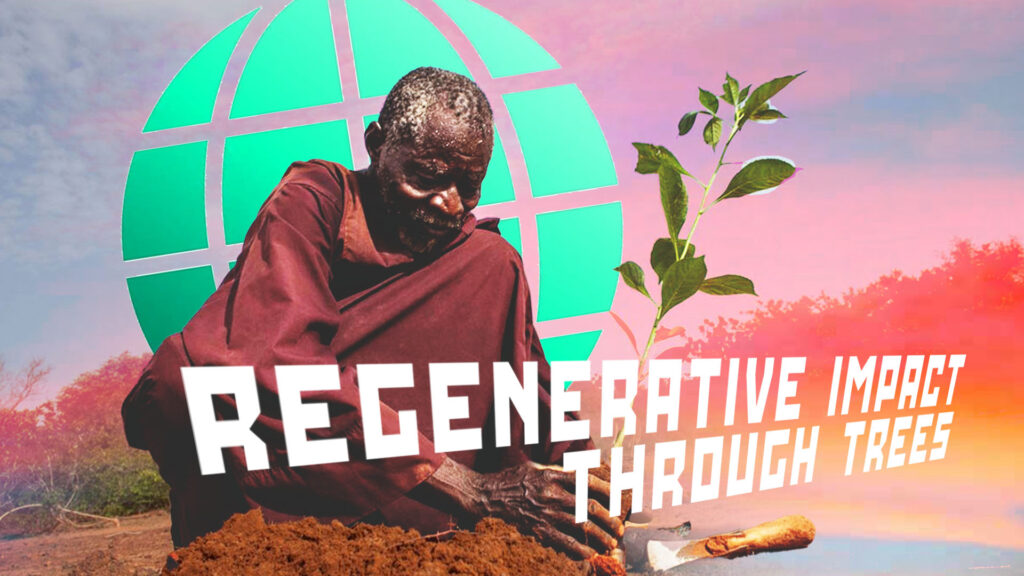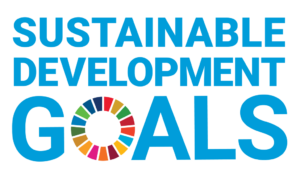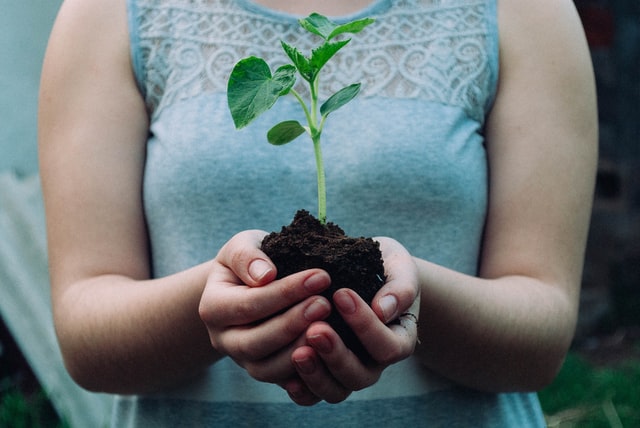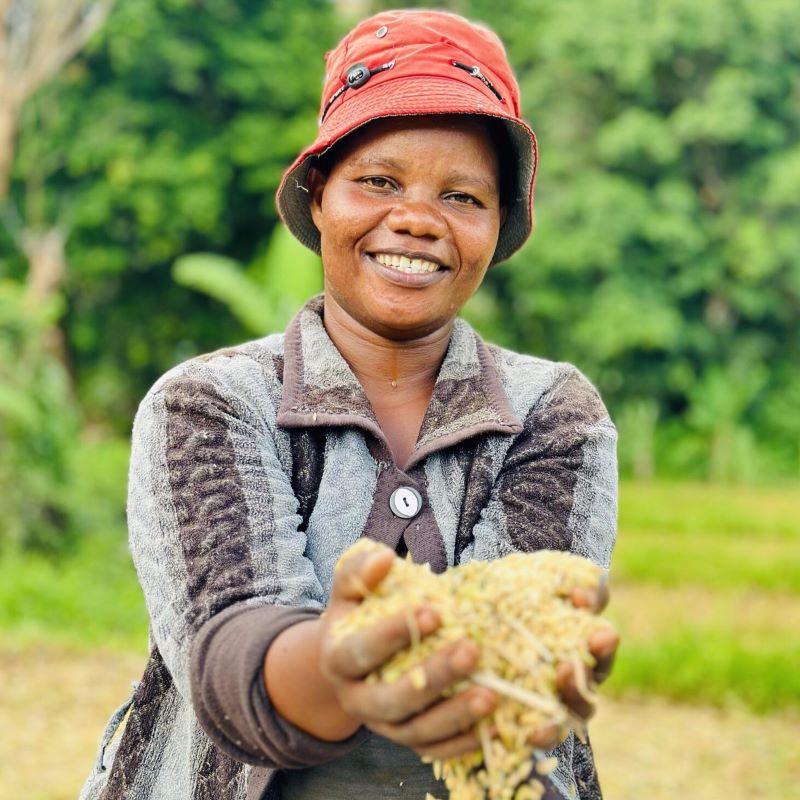In the quest to restore both people and the planet, regenerative farming has emerged as a transformative approach to farming. Tree planting is not only a symbol of environmental renewal but also a foundational pillar of regenerative agriculture. Through tree-based techniques like agroforestry, farmers can heal degraded lands, boost food production, and create climate resilience.
At Plant With Purpose, we’ve seen firsthand how integrating trees into farming systems can reverse the cycle of poverty and environmental degradation. Participants like Davina in Tanzania, Nathalie in Haiti, and Josias in Burundi exemplify how tree planting leads to tangible, life-changing impacts across communities.
Regenerative agriculture refers to a system of farming principles that seeks to restore and enhance the health of ecosystems. It goes beyond sustaining the land—it aims to regenerate it. This includes improving soil fertility, increasing biodiversity, sequestering carbon, and strengthening water cycles. Tree planting is a cornerstone of these efforts.
Where conventional farming depletes the soil, regenerative practices—such as cover cropping, composting, and especially agroforestry—bring it back to life. Agroforestry, the intentional integration of trees into crop and livestock systems, is one of the most effective strategies in the regenerative toolkit.

The Power of Trees in Agriculture
Trees in farming systems provide a multitude of ecological and economic benefits:
- Soil Restoration: Tree roots stabilize soil, prevent erosion, and promote water retention. Fallen leaves decompose and enrich the soil with organic matter.
- Biodiversity Enhancement: Trees create habitats for wildlife and beneficial insects, leading to a more balanced ecosystem.
- Climate Mitigation: Trees absorb carbon dioxide, helping mitigate climate change while shielding crops from wind and extreme temperatures.
- Improved Yields: Shaded crops like coffee or cacao thrive under tree canopies, increasing farm productivity and profitability.
- Water Regulation: Trees enhance the water cycle by improving infiltration and maintaining stream flows.
Davina’s Forest Garden in Tanzania
Davina, a farmer in Tanzania, used to struggle with low crop yields due to depleted soil. Like many smallholder farmers, she once resorted to cutting trees to produce charcoal, a short-term solution that worsened her land’s condition.
After joining a local Purpose Group supported by Plant With Purpose, Davina learned from the Seeds of Change environmental curriculum. She learned to incorporate trees into her farming practice. She planted nitrogen-fixing trees alongside her crops and began mulching with tree leaves. Over time, her soil grew richer, her farm more productive, and her income more reliable.
“I used to think trees took away from my crops,” Davina recalls. “Now I see they are what gives life to my land.”
Her forest garden model is a thriving example of regenerative farming in action.
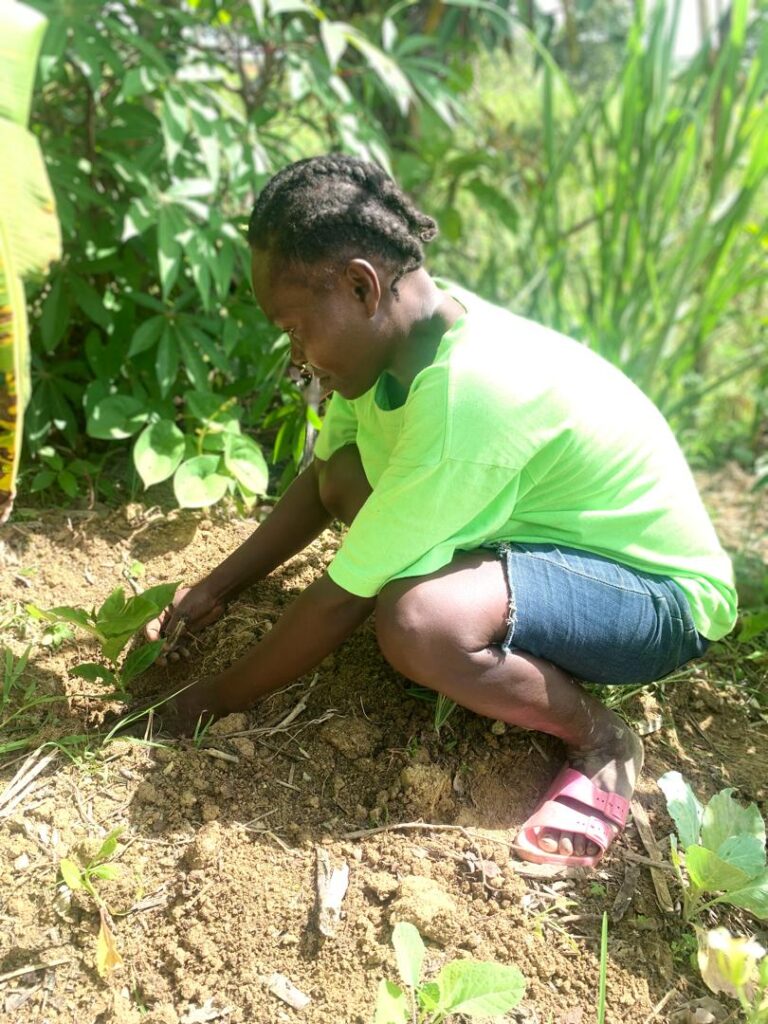
Nathalie’s Transformation in Haiti
In Haiti, deforestation has devastated farmland and destabilized entire ecosystems. Nathalie, a participant from BaBarassa, was facing the same challenges. Unhealthy soil meant she couldn’t produce enough food, and her family often skipped meals.
With training and support from Plant With Purpose, Nathalie began planting trees across her hillside farm. She also joined a community savings group that allowed her to invest in new agricultural techniques.
The result? “Now my land is green again,” she shares proudly. “And my children are well-fed.”
Tree planting not only restored her land—it gave her family a new beginning. And because the trees stabilize the hills and prevent landslides, her entire community benefits from her efforts.
Josias Builds Resilience in Burundi
Burundi, long affected by conflict and food insecurity, is another place where tree planting has brought hope. Josias, a farmer in Burundi, joined the local agroforestry program and began integrating fruit and shade trees into his land.
Initially skeptical, Josias soon saw results: better crop yields, healthier soil, and improved water retention. His watershed began to flourish again, and his community started replicating his success.
Josias is now a leader in his local farmer group, helping train others in tree-based regenerative agriculture. His story is one of healing—not just for the land, but for people.
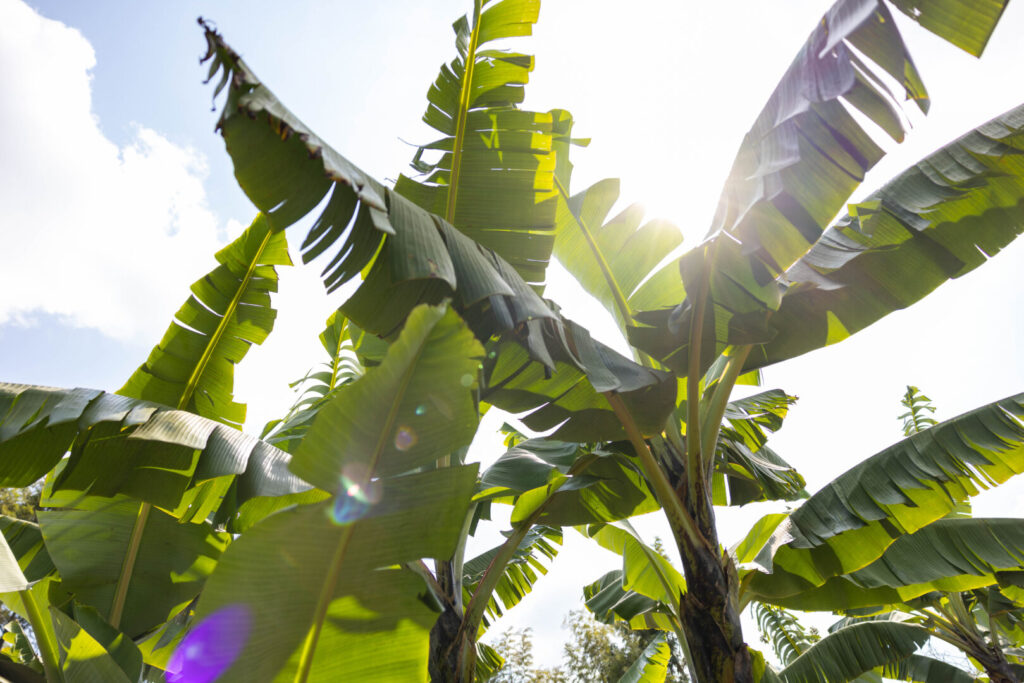
Regenerative Impact Through Trees
To date, Plant With Purpose has planted over 70 million trees across Africa, Southeast Asia, Latin America, and the Caribbean. These aren’t just isolated planting efforts. They’re part of a holistic strategy that links environmental restoration with economic empowerment and spiritual renewal.
When a farmer joins our program, they don’t just receive tree seedlings. They receive training in sustainable agriculture, access to a savings group, and opportunities for spiritual growth. This integrated model ensures that tree planting becomes a catalyst for long-term transformation.
Our work demonstrates that reversing deforestation is possible when trees are part of a community's path out of poverty.
Environmental stewardship is a divine calling. Scripture speaks of trees as symbols of life, healing, and restoration. Psalm 1 compares a righteous person to “a tree planted by streams of water,” yielding fruit in season. Trees remind us of God’s provision and the interconnectedness of all creation.
For participants like Davina, Nathalie, and Josias, caring for the land has become an act of faith. They plant trees not just to restore their farms, but as a reflection of hope and trust in God’s design.
Tree planting offers one of the most effective and accessible solutions available. By supporting regenerative agriculture through tree planting, we are not only reversing environmental degradation but also creating economic opportunities and restoring dignity to communities.
Whether you’re a donor, advocate, or farmer, your role in this movement matters. Every tree planted is a declaration of hope—a step toward a more just and flourishing world.
At Plant With Purpose, we believe that when trees go up, poverty comes down. Join us in growing a world where every community can thrive—economically, environmentally, and spiritually.

